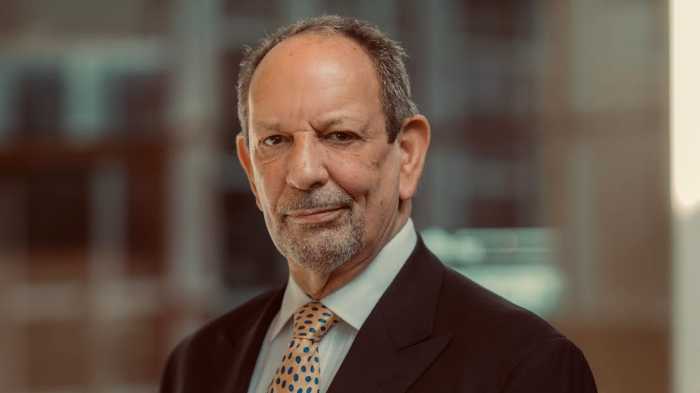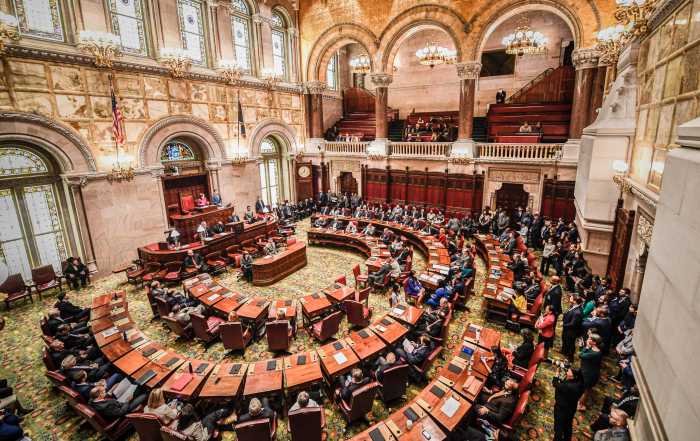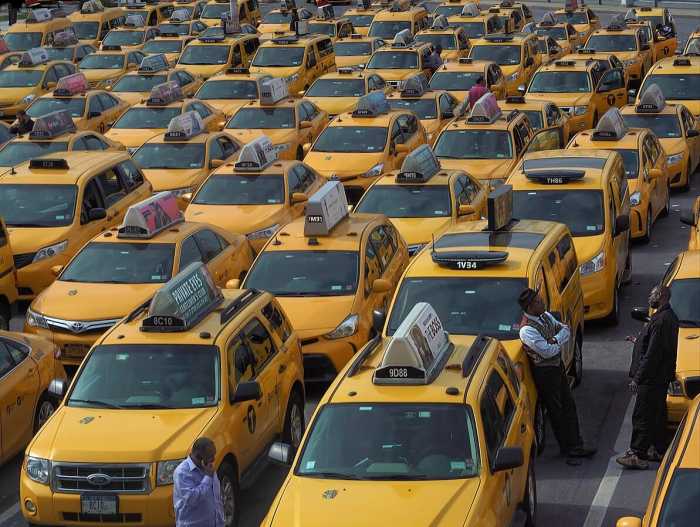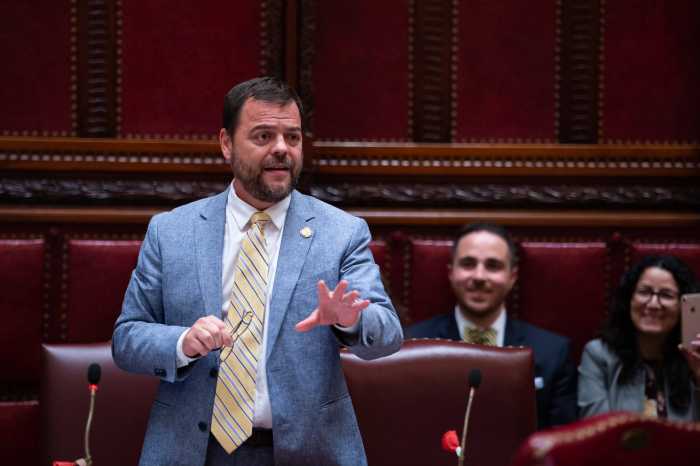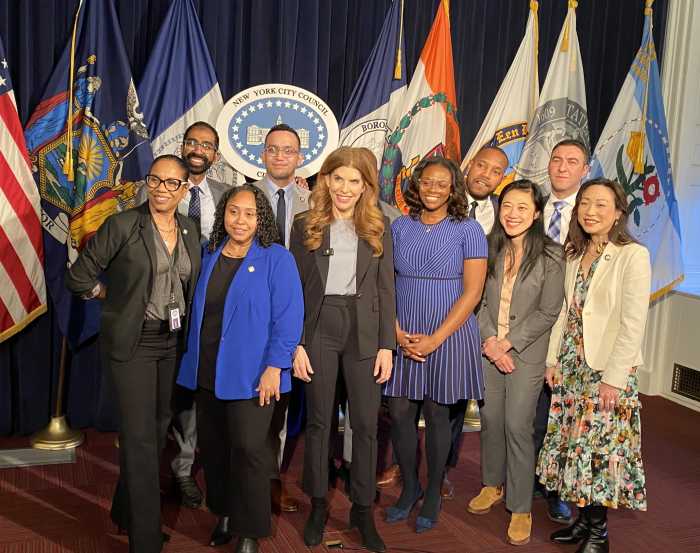St. Clair Richards Stephens was working underground before you woke up last Tuesday.
He was an MTA track worker in an entry-level position. He was 23 years old. He made $23 an hour. When he landed the job just six months ago, he was so excited that he went out and had a party to celebrate, his brother Addis Richards Stephens remembered. He was looking forward to working.
Richards Stephens was doing just that, working, at the 125th Street 4-5-6 station before dawn Tuesday morning. He was removing a piece of rail from the track bed with a crew of other workers, when he “cleared up” — ducked into a small niche between steel columns out of the way of oncoming trains.
Maybe he leaned against the wooden railing behind him or lost his footing, but something went wrong. The railing broke. Richards Stephens fell into the open air behind him, down some 20 feet onto another track. His fellow workers heard only a scream from below them. He died on the job, the fifth city transit worker to do so since 2007.
Every day and night the workers who keep the subway running — or try to — are down in the dark, the wet, the maze-like ancient tunnels. They are “clearing up” as trains go by, fighting in safety vests to make repairs on tracks that will surely need to be repaired again tomorrow. Of course we complain when the repairs aren’t finished on time.
People complained on Tuesday as the tragedy ricocheted through the system, delays compounding delays on the Lexington Avenue line, perhaps the most crowded in the country. Was it a sick passenger? Police activity? No: it was a dead worker, who died in the system where he worked.
Richards Stephens was a tall man, uptown of 6 feet, a good kid, said his neighbors in the Castle Hill neighborhood of the Bronx: a happy presence.
He was just a kid who loved pizza and video games, according to his brother. Certainly he was a helper at Harry S. Truman High School, where Kela Moses, a classmate, remembers his acts of quiet kindness. Moses, 21, says she used to fall asleep in some classes thanks to a busy work schedule at McDonald’s. Richards Stephens would tell her what she missed when she woke up, bring her little snacks as she was always hungry. He also tutored her and others in math, she said. Little things like that, even though he could be a quiet kid: “Whoever knew him or got to know him, they grew to love him,” she says.
His loved ones will gather Friday for funeral services.
He had a hard job, happy as he may have been to get it. It’s a job where precautions are crucial, where crew supervisors start their shifts with safety questions of the day: how much time do you need to “clear up”? What’s the proper way to do so on a side-by-side track? Are you allowed to bring a toolbox into the system? And so on.
After Richards Stephens’ death, city transit president Andy Byford promised a system-wide inspection to replace wooden railings, like the one that gave way, with fiberglass. An investigative board including the MTA and the union convened Thursday to dig into the incident. Perhaps safety improvements will be found, but how many wooden railings, how many uncertain niches, are there in the 700-mile, 100-year old system? There are plenty of places where it’s dangerous just to be doing a daily job.
The workers know this. Perhaps they did not know Richards Stephens long but he was one of them. After his fatal fall, his colleagues wanted to carry him out of the subway themselves, according to a transit source. They weren’t allowed to, so they had to opt for an alternate salute. As his body emerged onto the street and was wheeled past, workers doffed their helmets. They paused. Down below, trains were grinding to a halt, slowing around the city. But soon the trains started running again, as they always do.



